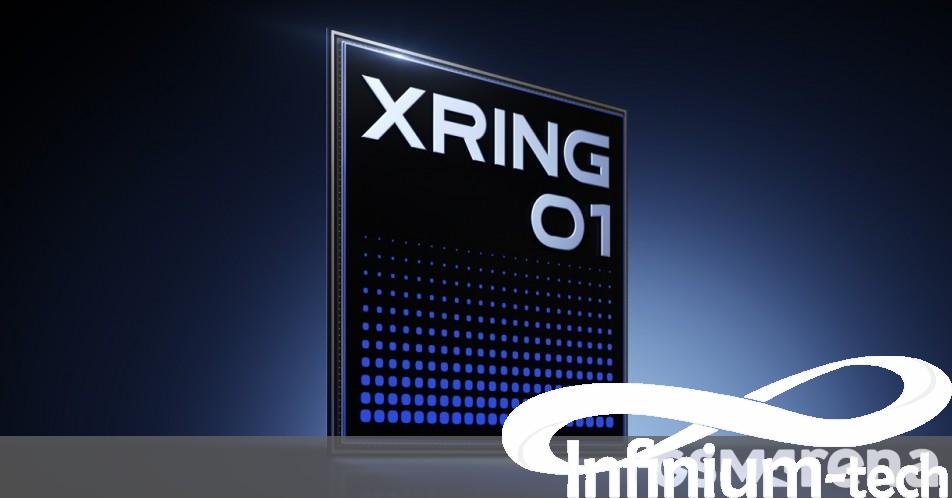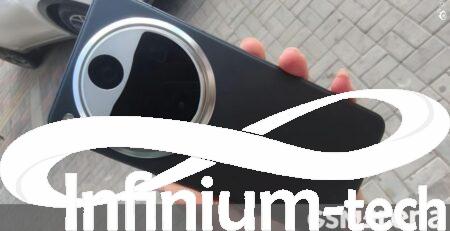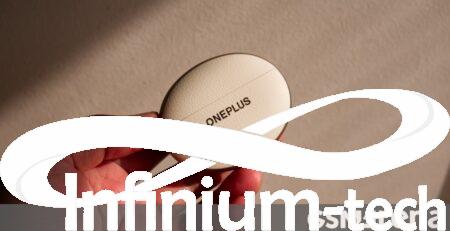Xiaomi’s Xring O1 examined: a fast, efficient chip with several custom parts | Infinium-tech
This week, Xiaomi introduced an in-house flagship chipset for smartphones and tablets, Xring O1. It is painted on Xiaomi 15S Pro and Xiaomi Pad 7 Ultra. Some expressed doubts that how much Xiaomi actually did here – finally, O1 uses standard CPU and GPU core from the bin of the arm. In the team Gikarwan Put a deep dive and discovered that it is actually a heavy customized chip.
The Xring O1 has been fabbed on the TSMC N3E node, which is the same as the dimality of MediaTek 9400. And it also uses some similar parts-like CPU for CPU and Cortex-X925 for Immortalis-G925. However, the design is very, very different.
For the beginning, there are two cortex-X 925 prime core on the board, not only one. And left on Xiaomi X4, instead selected two variants of Cortex-A725 for large and mid-core. And it added two A520 core as a safety mesh.

They are an interesting element of Cortex-A725 Core O1 design. There are two clusters – four core designed for high performance and two more customized for efficiency. In the dye shot shown in the video you can see that two efficiency A725 core is physically different from four performances A725 core – they are slightly larger and limited to very low clock speed (1.9GHz vs. 3.4GHz).
This allows the chipset to switch between the core to match the display requirements using as much low power as possible. Low-power A725 cores are so good that two A520 core may not be necessary.
The end result is quite impressive – Xiaomi’s Xring O1 CPU beats at a distance of 9400 in terms of performance and power efficiency. This is not at the level of Snapdragon 8 Elite of Qualcomm, but it is not far away.
Xring O1 is quite small at 109 mm – it is about the same size of Apple A18 Pro. However, both Xiaomi and Apple Chips use external modem, while the dimensions are 9400 and Snapdragon 8 Elite inherent modem. This size explains part of the discrepancy (and creates an issue that we will come later).

The Xring team configured on-chip memory in an interesting way-these days most chipsets have several megabytes of system level cash (SLC), which is the last stop before bringing data from RAM.
There is no SLC of O1. Instead, Xiaomi configured CPU with a lot of cash – 16MB L3 was shared between all 10 core, 2MB L2 for each X925 core and 1MB L2 for each of the A725 core. GPU has 4MB of cash and NPU has 10MB – see it, it’s too big!
NPU is not a hand design, but a custom Xiaomi construction. The 6-core NPU takes almost the same room on the chip as CPU. ISP is also designed by a fourth generation design Xiaomi. The previous generations have been depicted as separate chips on the motherboard of Xiaomi flagship, but it is more efficient to be made.
Now we come to GPU-a 16-core Immortalis-G925 arm. The Xring team did a great job to configure CPU, but it could be wrong with GPU. For one, it is quite large-the disposal 9400 has a 12-core G925.

Too, Gikarwan The team estimates that SLC’s omission hurts GPU efficiency – it is very sharp, but it uses more power than the dimensions in peak performance than the GPU.
The more efficient CPU combined with the fact that the GPU rarely moves on full inclination, making for a very good overall efficiency in real -life gaming tests. Nevertheless, this is an area that should improve future designs.
Another problem with efficiency – an external modem (in this case a MediaTek T800) uses more power, which damages the standby endurance of Xiaomi 15S Pro. This is one of the reasons that Apple worked so hard on an integrated 5G modem (which started with the iPhone 16E).
Xiaomi is not yet, but it took the first step – it introduced its first 4G modem with Xring T1, which was a chipset for Xiaomi Watch S4. The 5g is much more difficult than 4G (it takes time for apple to correct it), but it would be another major milestone for vertical integration for Xiaomi.
With this, we leave you to watch the video, which shows in great detail on how Xring O1 is constructed and how it performs:














Leave a Reply